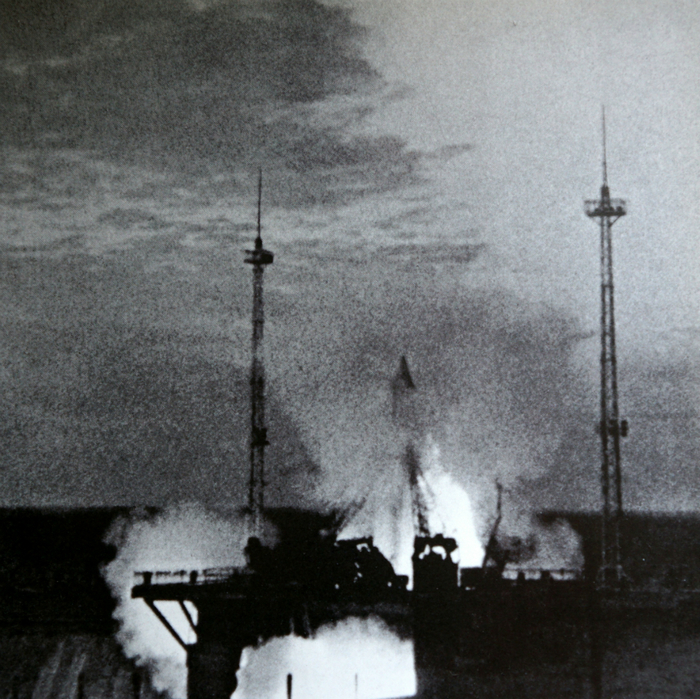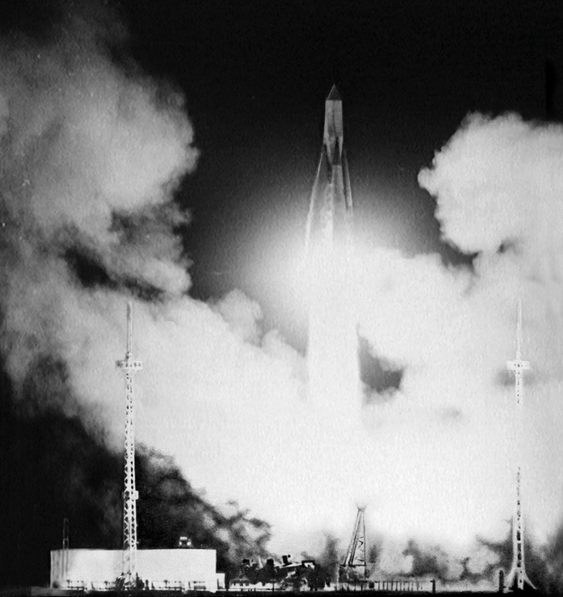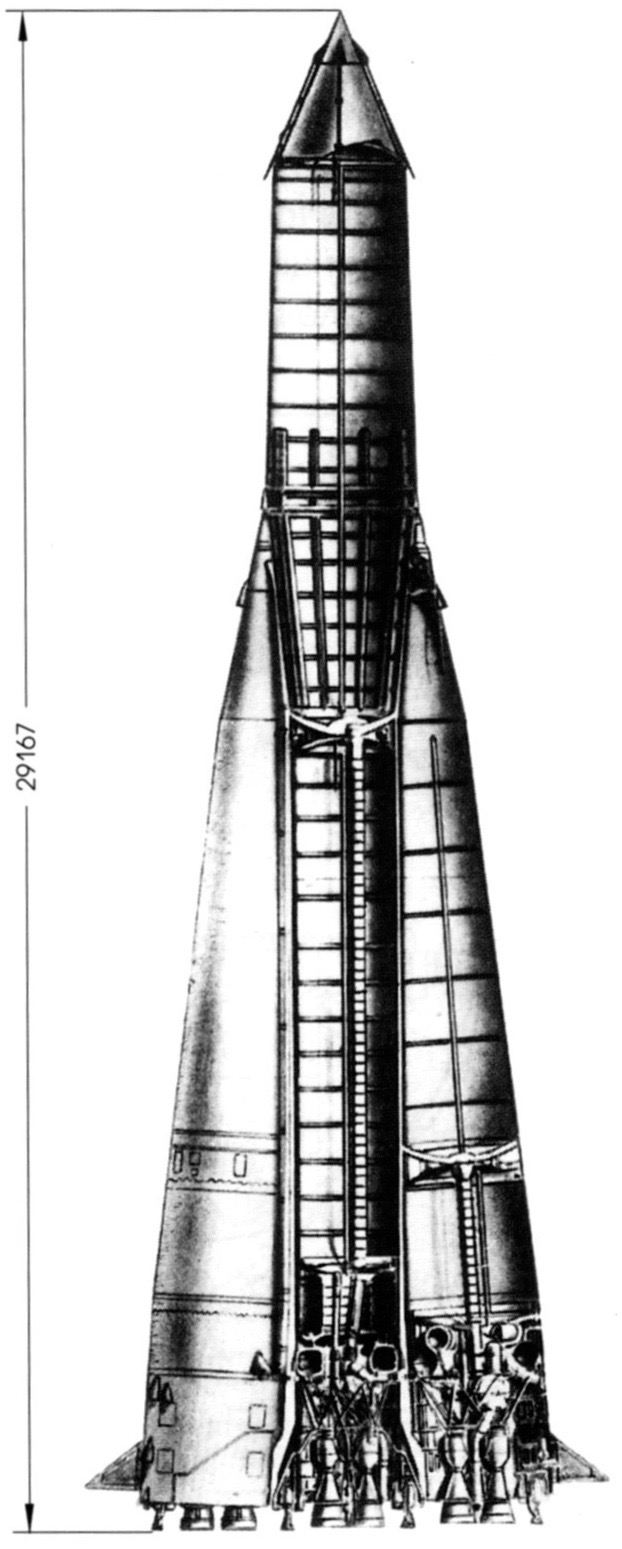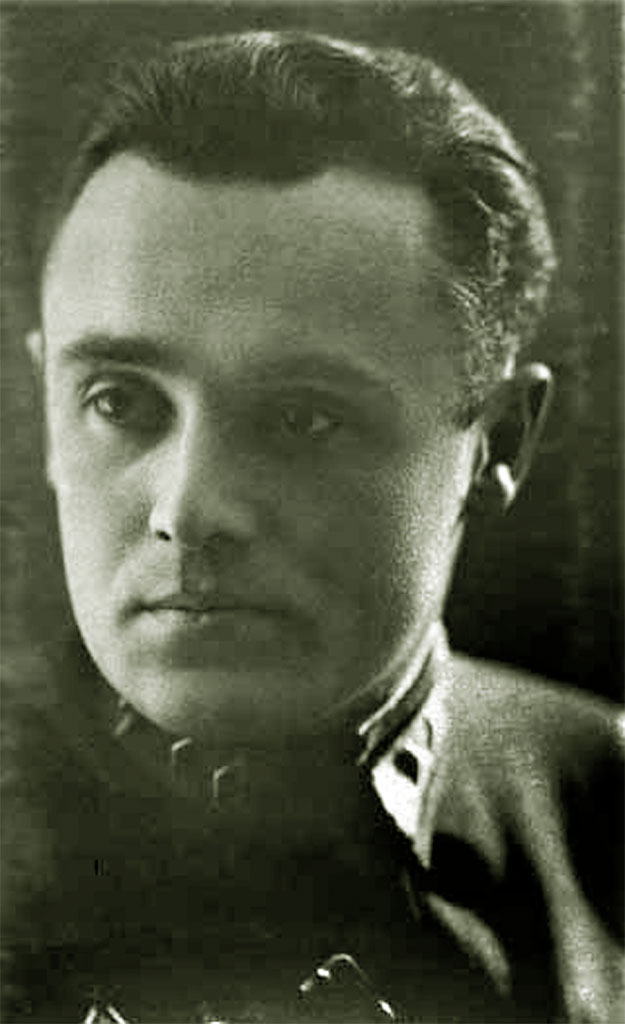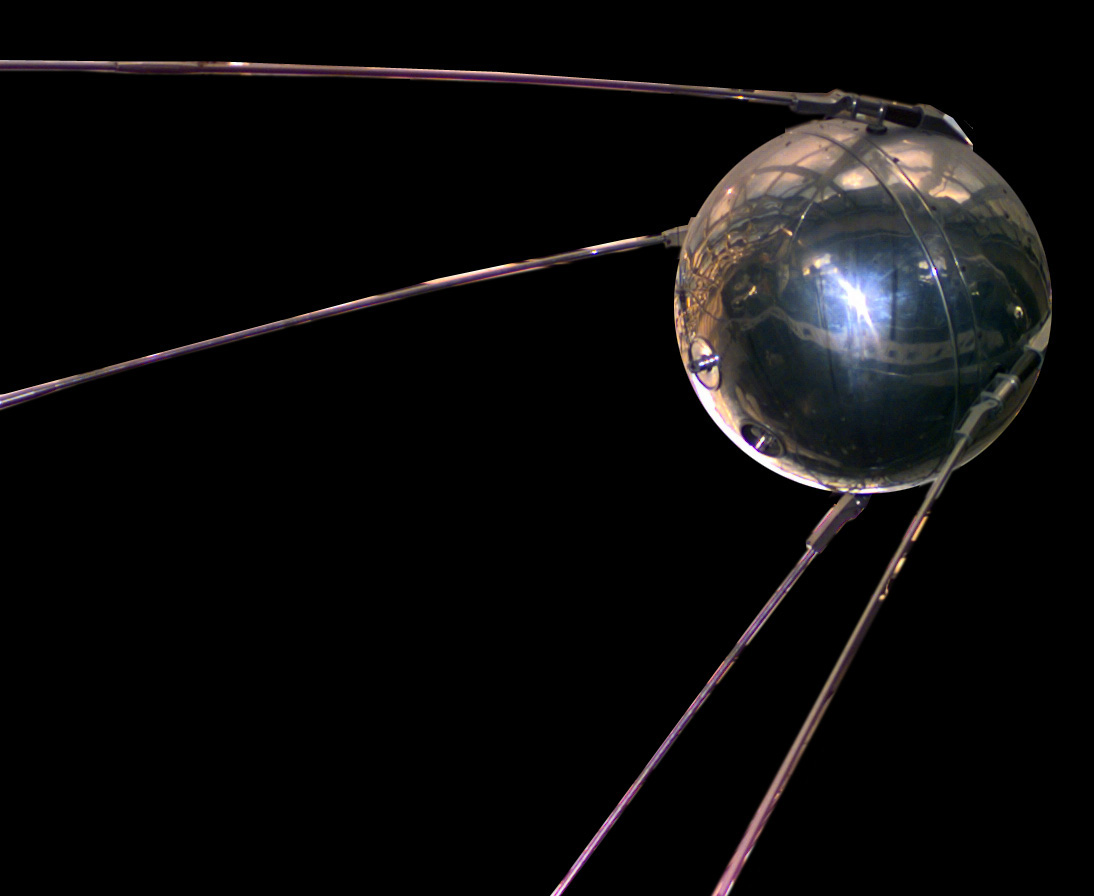
4 January 1958: After completing 1,440 orbits, Sputnik 1, the world’s first artificial satellite, reentered the Earth’s atmosphere and was destroyed.
Простейший Спутник-1 (Sputnik 1, or Elementary Satellite 1) had been launched 4 October 1957 from Site No. 1 at the Scientific-Research Test Range No. 5, Tyuratam, Kazakh S.S.R. (now, Kazakhstan), aboard a two-stage Sputnik 8K71PS rocket, a variant of the R-7 Semyorka intercontinental ballistic missile.
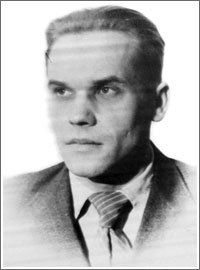
The satellite was designed at OKB-1 (the Special Design Bureau) by a team of Mikhail Stepanovich Khomyakov, Maksim Khramov and Oleg Genrikhovich Ivanovsky. It was constructed as a sphere with a diameter of 58.0 centimeters (22.84 inches), made from an aluminum alloy with a thickness of 2 millimeters (0.08 inch). The two halves were joined by 36 bolts and filled with pressurized nitrogen. Four “whip” antennas were equally spaced around the satellite’s shell, angled at 35° from the longitudinal axis. With three silver-zinc batteries and equipment, the Sputnik 1 mass was 83.6 kilograms (184.3 pounds).
The satellite entered an elliptical Low Earth Orbit, with a perigee of 215.0 kilometers (133.6 miles) and apogee of 939.0 kilometers (583.5 miles). The duration of each orbit was 1 hour, 36 minutes, 12 seconds.
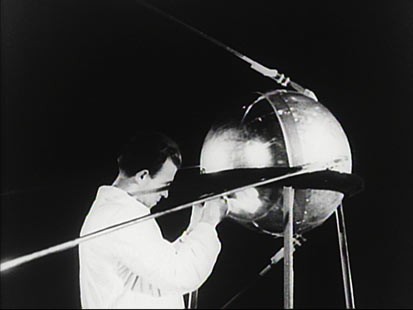
The Sputnik 8K71PS launch vehicle, serial number 1 M1-PS, was a two-stage, liquid-fueled rocket based on the R-7 Semyorka intercontinental ballistic missile. The R-7 rocket was designed by Sergei Pavlovich Korolev, known as The Chief Designer. It had a length of 29.167 meters (95.69 feet) and maximum diameter of 10.3 meters (33.79 feet) at the base, including stabilizers. Its mass was 267.13 tons (588,921 pounds) at liftoff. The propellant was Kerosene T-1 with liquid oxygen.
The first stage consisted of four “strap-on” boosters surrounding the second, of “core” stage, each with an RD-107 four-chamber rocket engine, for a total thrust of 323.6 tons (713,409 pounds) of thrust. The first stage burn time was 120 seconds.
The second stage (core) was powered by one RD-108 four-chamber engine, producing 93 tons (205,028 pounds) of thrust. Burn time for the second stage was 180 seconds.
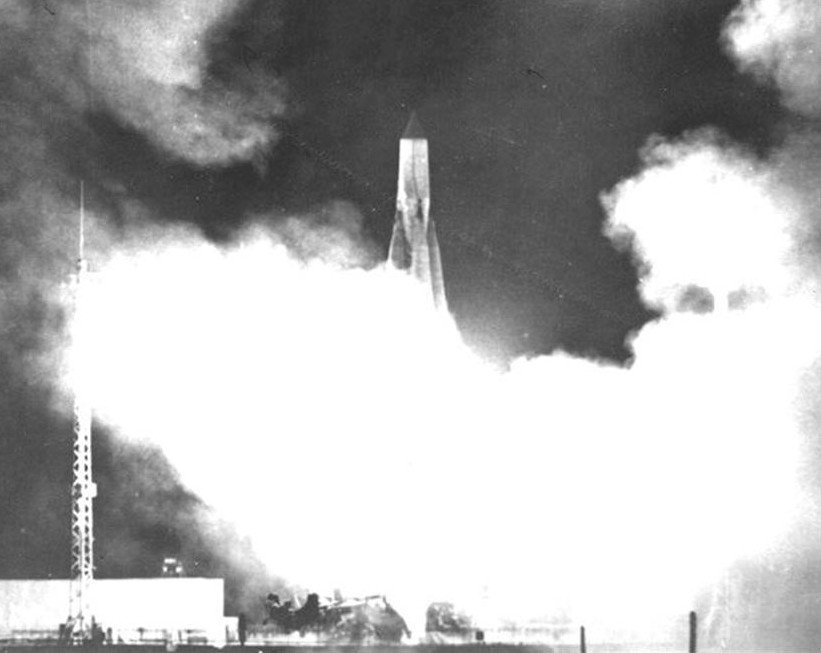
Sputnik 1 launched at 22:28:34 Moscow time. After 116.38 seconds, the stages separated. The second stage and satellite entered orbit 295.4 seconds after liftoff at an altitude of 228.6 kilometers (142.05 miles) and velocity of 7,780 meters per second (17,403.36 miles per hour). The satellite separated from the second stage 5 minutes, 14.5 seconds after launch.
The second stage reentered the atmosphere 2 December 1957.
© 2019, Bryan R. Swopes
